Supportive Regulatory Environment
The transdermal drug-delivery-systems market is supported by a regulatory environment that encourages innovation and safety. Regulatory bodies in the UK are increasingly recognizing the potential of transdermal systems to improve patient outcomes. Streamlined approval processes for new transdermal products may facilitate quicker market entry, thereby fostering competition and innovation. This supportive stance from regulators is likely to attract investment in research and development, further propelling the growth of the transdermal market. As new products gain approval, the variety of available transdermal systems will expand, catering to a broader range of therapeutic needs.
Rising Awareness of Transdermal Systems
The transdermal drug-delivery-systems market is witnessing increased awareness among healthcare professionals and patients. Educational initiatives and marketing efforts are highlighting the benefits of transdermal systems, such as ease of use and reduced side effects. This heightened awareness is likely to translate into greater acceptance and adoption of these systems in clinical practice. As healthcare providers become more informed about the advantages of transdermal delivery, they may be more inclined to recommend these solutions to patients. Consequently, the market could see a notable uptick in demand as awareness continues to grow across the UK.
Increasing Prevalence of Chronic Diseases
The transdermal drug-delivery-systems market is experiencing growth due to the rising prevalence of chronic diseases in the UK. Conditions such as diabetes, hypertension, and chronic pain require long-term medication management. The convenience of transdermal systems, which allow for sustained drug release and improved patient compliance, is appealing. According to recent data, chronic diseases account for approximately 70% of all deaths in the UK, highlighting the urgent need for effective treatment options. This trend is likely to drive demand for transdermal systems, as they offer a non-invasive alternative to traditional methods, thereby enhancing patient quality of life and potentially reducing healthcare costs associated with chronic disease management.
Growing Focus on Patient-Centric Healthcare
The transdermal drug-delivery-systems market is benefiting from a growing emphasis on patient-centric healthcare in the UK. Healthcare providers are increasingly prioritizing patient comfort and convenience, which aligns with the non-invasive nature of transdermal systems. These systems not only simplify medication administration but also minimize the risk of adverse effects associated with injections. As patients seek more control over their treatment regimens, the demand for transdermal solutions is expected to rise. Market data suggests that patient satisfaction can significantly influence treatment adherence, and transdermal systems may play a crucial role in enhancing this aspect of healthcare delivery.
Advancements in Drug Formulation Technologies
The transdermal drug-delivery-systems market is poised for growth due to advancements in drug formulation technologies. Innovations in permeation enhancers and polymer science are enabling the development of more effective transdermal systems. These advancements allow for the delivery of a wider range of therapeutic agents, including larger molecules that were previously unsuitable for transdermal administration. As a result, the market is likely to expand, catering to diverse therapeutic areas. The ability to formulate drugs that can penetrate the skin barrier effectively is crucial, and ongoing research in this field suggests a promising future for transdermal systems in the UK.


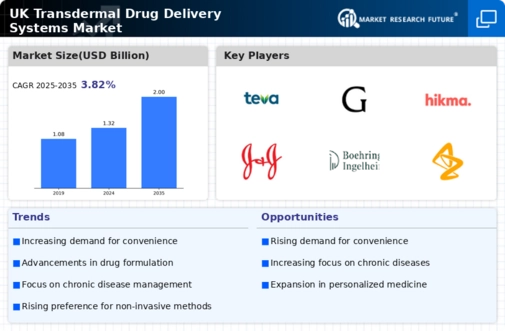
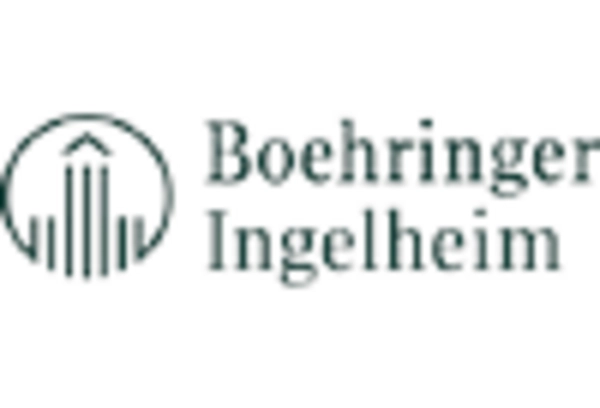
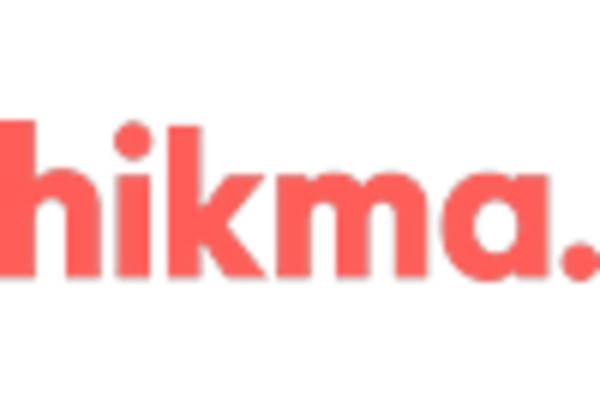

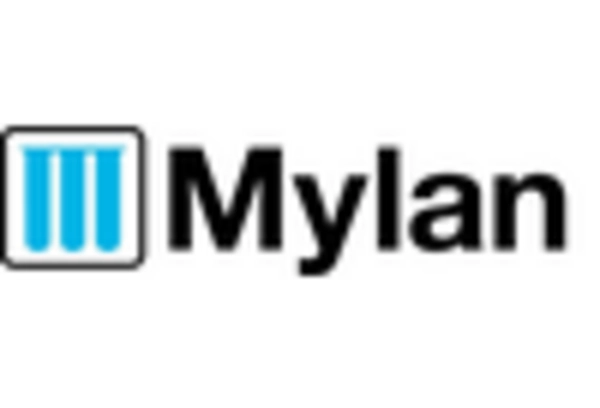

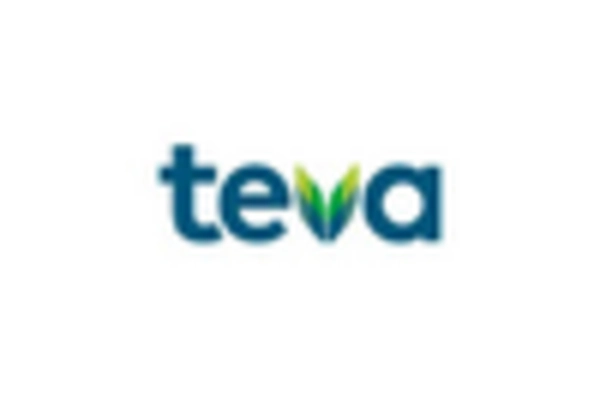








Leave a Comment